Terra Natura Benidorm’s group of teros increases with the birth of two new chicks
hace 3 yearsOur group of teros (Vanellus chilensis) has increased with the birth of two new chicks. This is the fourth time that a pair of this species has managed to reproduce at Terra Natura Benidorm. The breeding of this species and its survival is usually quite difficult and complex.
The species arrived at the park for the first time in 2017. Since then, its group has increased with the incorporation of six specimens, three males and three females in 2018, and later with the birth of different chicks. Specifically, a pair of teros had their first chick in 2018, in 2021 they managed to have another chick and this year they have had two new chicks, which have adapted perfectly to the environment.
Within the first few weeks after hatching, the young teros have the same plumage and a similar size to the adults. Adults are very aggressive against any threat when caring for their eggs or chicks, which they even take care of in pairs or trios. The defence system consists of one adult being alert from the ground and the other flying in the direction where it detects the possible threat and attacking with its wing spurs until it drives it away.
When it is hot or frightened, it completely folds its legs, although it is most often seen resting on one of its legs while the other is glued to the body. This bird emits a shrill, vibrating vocalisation. The tero is a small wading bird, usually measuring between 30 and 36 centimetres in length. It can be seen in pairs or in small flocks, both near water and in dry grasslands.
The tero’s legs are long and slender, red in colour. Juveniles differ from adults mainly due to the absence of red around the eye and fewer shades and bands of colour in the feathers, as well as having a spot on the bill of a lead or blackish spotted colour, instead of black as in the case of adults. The differences between males and females are not detectable to the naked eye, although females are slightly smaller than males.
These birds feed mainly on invertebrates, such as insects and small vertebrates such as lizards. To hunt, they make a short two- or three-step run, stop and peck forward. Another technique they use is to stir the ground with their feet so they can feel the earthworms underneath, which they then extract with their beaks. It also includes in its diet the ingestion of seeds. It is a bird that is not particularly endangered.

